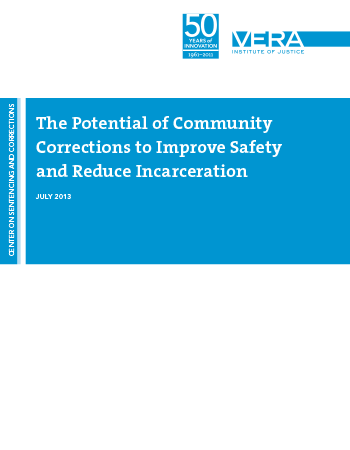COVID Jail Populations Policing May 11, 2017
Jails and prisons are rolling out emergency policy changes — such as $0 bail and expedited parole hearings — to prevent needless coronavirus deaths in dense correctional facilities. Encouragingly, there’s reason to hope that some of these changes could become permanent, reducing this country’s unparalleled use of incarceration.
But if the actions taken by states and counties are cause for hope, they are also cause for alarm. States and counties are showing that they are willing to implement life-saving reforms, but unwilling to extend these reforms to the 40% of incarcerated people locked up for violent offenses.
Many states and counties have excluded people serving time for violent crimes from release during the pandemic, categorically denying protection even to those who are old and frail. Of course, letting people convicted of violence apply for life-saving opportunities requires political courage, just as it has for decades. But with a pandemic threatening to turn long sentences into death sentences, the time has never been riper for policymakers to reconsider excluding “violent offenders” from reforms.
Perhaps surprisingly to some, the research and evidence show that states should include people convicted of violence in criminal justice reforms. Our new report, Reforms Without Results, explain six major reasons why:
- Long sentences do not deter violent crime.
- Most victims of violence, when asked, say they prefer holding people accountable through means other than prison, such as rehabilitative programs.
- People convicted of violent offenses have among the lowest rates of recidivism — belying the notion that they are “inherently” violent and a threat to public safety.
- People who commit violent crimes are often themselves victims of violence, and carry trauma that a prison sentence does nothing to address.
- People age out of violence, so decades-long sentences are not necessary for public safety.
- The health of a person’s community dramatically impacts their likelihood of eventually committing a violent crime — and community well-being can be improved through social investments rather than incarceration.
Demonstrating how common it is for people convicted of violence to be left behind, our report includes an interactive U.S. map showing 75 examples of state criminal justice reform laws that have excluded them.
The map reveals that:
- At least 16 states have passed laws excluding people convicted of violent crimes from veterans’ courts, mental health courts, diversion programs, and other alternatives to incarceration.
- In at least 10 states, people convicted of violent crimes have been “carved out” of laws designed to ease the reentry process.
- At least 20 states have passed laws that expand parole, good time, and other mechanisms for early release — but offer no relief to people convicted of violent offenses.
Unless states are willing to change how they respond to violence, reducing U.S. incarceration rates to pre-1970s levels will be impossible.
Lawmakers serious about ending mass incarceration — or limiting the toll COVID-19 takes behind bars — can no longer afford to ignore people serving time for violent crimes. Now they have the data and arguments they will need to craft more courageous and effective criminal justice reforms.
—Wanda Bertram is the Communications Strategist at the Prison Policy Initiative






